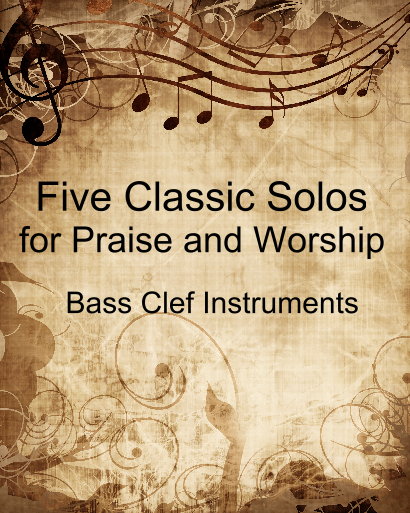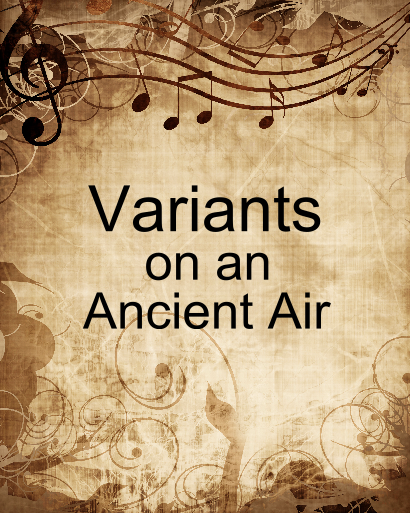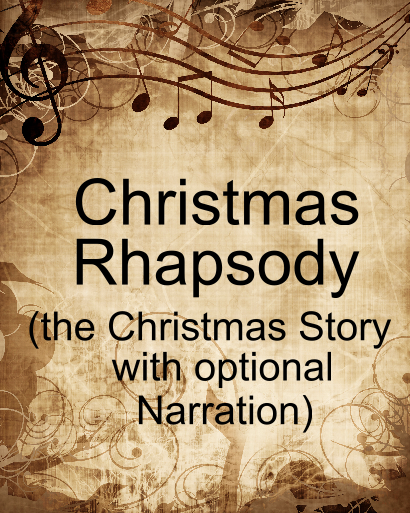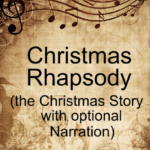Commissioned by the Western Michigan University Bands, Kalamazoo, Michigan – Richard Suddendorf, Director. Premiere Performance March 23, 1984 – MENC Chicago, Illinois
AUSTRALIAN VARIANT SUITE
(Variations On An Aboriginal Melody)
By James Curnow (ASCAP)
Performance Time:
I. Allegro Con Spirito – 1:45
II. Andante Moderato Con Espressivo – 3:50
III. Allegro Giocoso E Leggiero – 2:20
IV. Allegro Con Espressivo – 4:30
Total Time: 12:35
Notes to the Director:
This work is based on the Aboriginal melody “Boat On Batavia River” obtained by the composer during his 1981 conducting tour of Australia. The variations are in four separate movements which actually constitutes a small symphony for band.
Although no specific program is associated with each of the movements, the composition reflects the composer’s overall impressions of a stark and rugged, yet thriving and contemporary country, coupled with a hardy, industrious, warm and friendly people.
First Movement – This movement is designed to work well at both the tempo indicated or at a slower tempo, providing the slower tempo is not too exaggerated. As indicated by the directive, spirit and drive are the key interpretive words.
Second Movement – This movement allows most of the principal soloists within the band to play a solo and display their expressive musical abilities. Most of the solos are cross-cued to cover any instrument that might be missing. Feel free to allow a degree of rubato playing for the soloist, as long as the tempo is not completely altered.
Third Movement – A playful and light approach will help to assure a driving, yet scintillating performance. Don’t let it get bogged down by too heavy or loud playing.
Fourth Movement – This is the most challenging of all the movements, mainly because of the mixed meters. Keeping in mind that the eighth-note is constant throughout will help in negotiating the meter changes. Again, energy is important but be careful that overemphasis does not make it ponderous and heavy.








